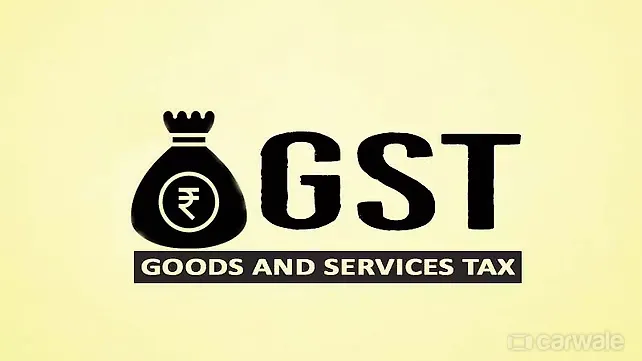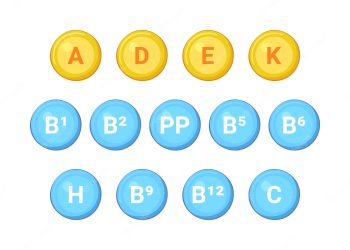
The enigma of GST is slowly getting unravelled as it nears D-day. We give you a run through all the information we have to show how it will affect different car segments. All passenger cars have been slotted under the 28 per cent GST slab with variable additional taxes.
Small cars
The doubts over the relevance of small cars have been allayed. By definition, small cars are under four metres in length and have petrol engines smaller than 1.2-litres or diesel engines displacing lesser than 1500cc. These cars include the compact hatchbacks like Maruti Alto and Renault Kwid, B-segment hatches like Ford Figo and Hyundai Grand i10 and the premium hatchbacks like Honda Jazz and Volkswagen Polo along with compact sedans like the Honda Amaze and the Maruti Dzire. This segment of cars will attract one percent additional tax for petrol cars and three percent for diesels.
Small cars used to attract taxes about 26 per cent to 28 per cent including excise and VAT which will now range between 29 to 31 per cent, pushing the price up by roughly three per cent.
Sedans and crossovers
Anything which is not covered under the small car caveat, is charged 15 per cent tax over the 28 per cent base slab. Cars with engines smaller than 1500cc were taxed at about 41 to 42 per cent which is set to increase to 43 per cent, a hike of one or two percentage points. Considering an average ex-showroom price of these cars at about Rs 8 lakh (this segment includes C-segment sedan like Skoda Rapid and Volkswagen Vento) the price is expected to go up by about Rs 8,000 to Rs 15,000.
The D-segment sedans with higher capacity engines will also be charged 43 per cent under GST instead of the existing 44.5 per cent taxation. This segment includes cars like the Toyota Corolla, Skoda Octavia, Honda Accord and Skoda Superb. You can expect these cars to be cheaper by Rs 30,000 to Rs 50,000 depending upon the prices.
SUVs
SUVs have had attracted the maximum taxes till date, but they will not be discriminated under the GST regime. The SUVs will also be taxed at 43 per cent as against the earlier 48 per cent which means, the prices will come down by almost five percent. While the Bolero may get cheaper by about Rs 30,000, the Toyota Fortuner might become cheaper by Rs 1 lakh.
Luxury cars
Luxury cars like Audi, Mercedes, BMW, Jaguar and Volvo are also going to be cheaper by about 2 per cent while luxury SUVs will turn out to be cheaper by almost five percent.
But there is a rider to all of this. GST will replace the entire archaic system which means, the multi-level taxation for raw materials will also be done with for good. If GST manages to reign in repetitive taxation, the cost of production of cars might go down which will reduce the manufacturing cost of the car. In that case, the ex-showroom price of cars might actually turn out to be lower than the current prices. With the government drafting the anti-profiteering law to tackle businesses that do not pass the advantages of GST to the end consumer, there is a big chance of car buyers benefitting.
[Source”cnbc”]







